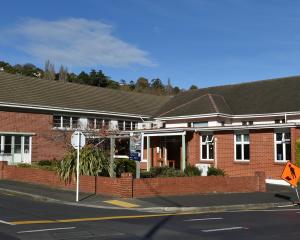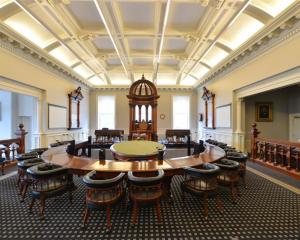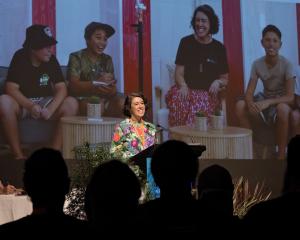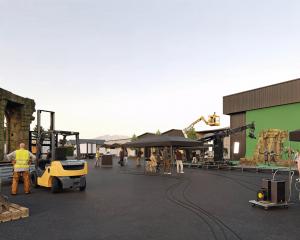
D J Jones and N R Searell Family Trust have applied for consent for the subdivision on Terrace St in Bannockburn.
Of the 24 lots, 20 would be residential.
The proposal attracted 38 submissions with 33 of them opposing the development.
The development had originally started as 35 lots but was withdrawn in 2021 after more than 70 opposing submissions were received.
It had come back to the council scaled down but still drew the ire of many.
The development covered just over 17ha and was immediately west of the Bannockburn Inlet. Of the 20 lots, 12 were said by submitters to be inside the building line restriction (BLR). The BLR was first introduced in 1987.
Much of the hearing revolved around the BLR, which the commissioners considered was the "crux" of the issue.
In their decision, the commissioners said they were satisfied the subdivision would maintain the specific residential character and amenity of Bannockburn.
"Development patterns will be consistent with existing and intended future settlement within Bannockburn and the resultant lots will be capable of accommodating low density residential development," they said in their decision.
Many submitters had said a large lot, where houses would not be built, was just being used to make the residential lots above the minimum allowed size.
But the commissioners said it was clear there was no methodology within the council’s district plan which required the exclusion of balance lots when undertaking the averaging calculation for subdivision.
The BLR was described by submitters as a special landscape feature of local significance, limited the township from moving into rural areas and stopped Bannockburn being seen from Cromwell.
But the commissioners agreed with the applicant that there was no legal basis for interpreting the BLR rule and associated definition as being an ‘avoid’ type policy direction.
The commissioners said it was clear to them the BLR had evolved from what was originally a restrictive planning mechanism to what was now part of a policy and rule framework that, rather than seeking to avoid incursions into the BLR, enabled individual applications to be made and assessed.
"We do not accept the BLR is intended to act as an ‘urban growth boundary’."
"Any consent granted for this proposal cannot, for all intents and purposes, set a precedent or adversely affect the integrity of the district plan."
The commissioners acknowledged the concerns expressed by the residential submitters who appear to have understood the BLR as being a ‘line in the sand’ that prevents any building beyond that line.
But under the district plan the line, together with its associated rule, acts as a trigger for assessment rather than preventing development beyond the line.
The decision said the effects of the proposal on the natural character of water bodies and their margins were acceptable and did not weigh against the granting of consent.
Given the relatively central location within Bannockburn, the proposed lot sizes were appropriate in light of the current zoning, intended future character and the proposed open space provided within the development.
The decision had a raft of conditions. The appeal period ends on June 12.












